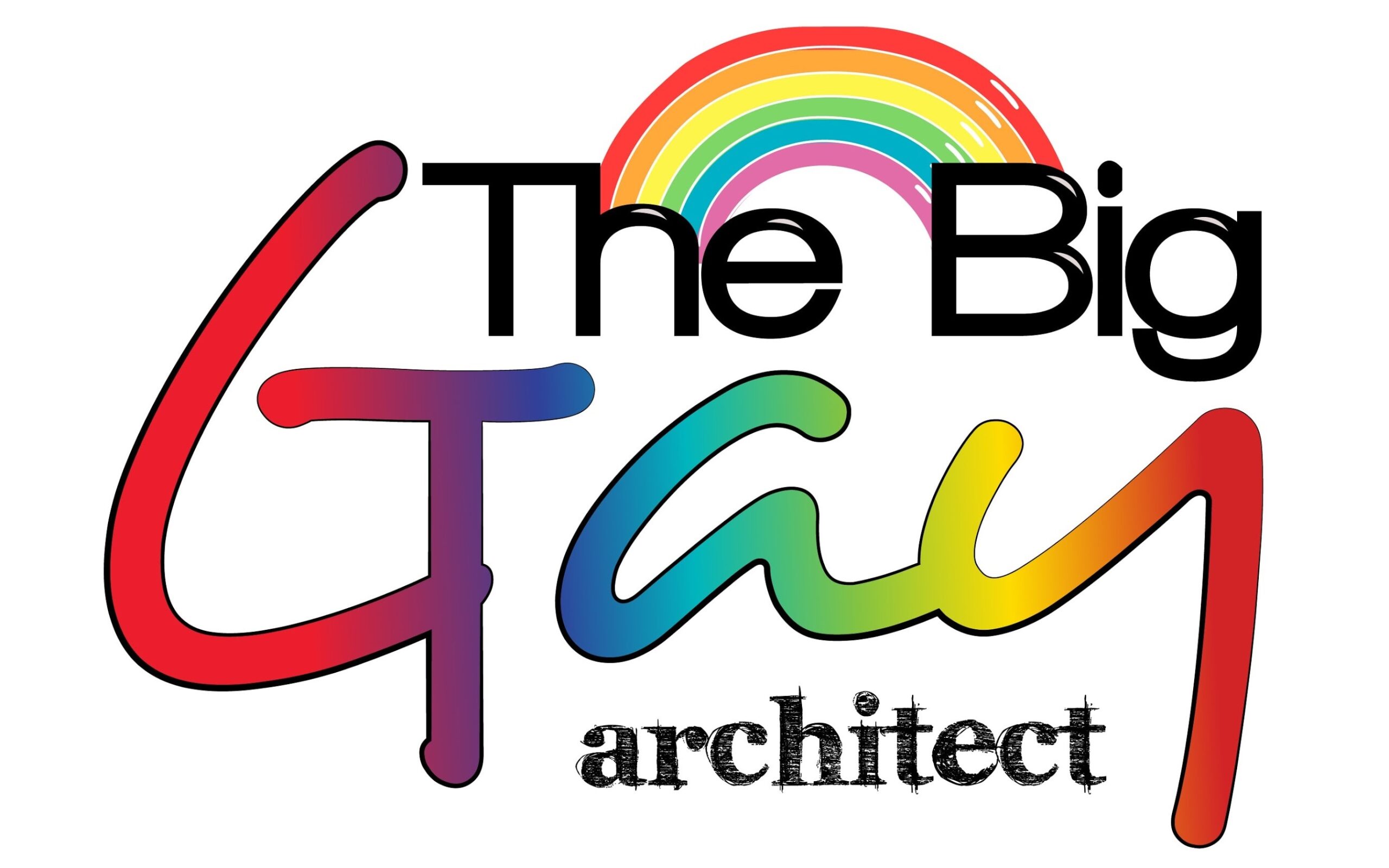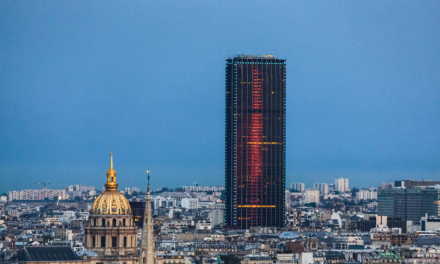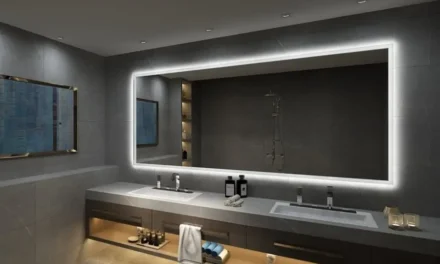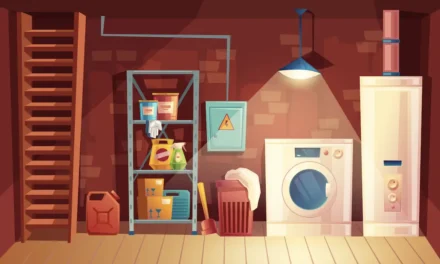I am not a fan of horror movies. I’ve never seen any of the Friday the 13th or Nightmare on Elm Street iterations. I’ve never seen Halloween, although kudos to Jaime Lee Curtis for still being able to work that all these years later. And you’ll never catch me watching Chucky. I suspect I get this trait from my father, who for Christmas one year gave me Stephen King’s Christine with a handwritten note on the inside cover that read “No Larry, we’re not going to see the movie.”

But in reality, I think I’m just not a fan of what I consider slasher movies. Seeing someone stabbed or dismembered isn’t horror for me. That’s just gore. All slash. No horror. And I say that knowing that one of my favorite (sounds strange to apply that word here) movies is The Exorcist. Yep. The Exorcist.
From top to bottom, this must be one of the best horror films ever made. The level of suspense, the creepy quiet of the film, the acting, and even the split pea vomit make the entire story come together. I always recommend this movie to those who haven’t seen it, followed by the suggestion they watch something funny afterwards to take the edge off before bed.
However, what really strikes me about the film, and a lot of horror films, is the mundane architecture where this takes place – a bedroom in a non-descript Georgetown home. Because isn’t the mundane where the real horror takes place? The house itself isn’t creepy until the moment the priest steps out of the taxi. He’s silhouetted under the streetlight in the fog, and you get that sense of foreboding.
And a lot of horror movies are really set in the mundane. My father watched Poltergeist with me (because he never would have by himself), and you have that same experience. The family’s world is falling apart in a bland suburban neighborhood in a bland suburban home. In the meantime, everyone who’s seen the movie ends up giving their TV the side eye for the next year just out of precaution.

Then there’s the Overlook Hotel in The Shining. It’s a hotel. We’ve all been in them. But with the right story and the right imagery, the mundane becomes terrifying. How many times have you been wandering a hotel expecting to see the twin girls asking you to come and play? And while we’re talking Stephen King, consider what happens in the gymnasium in Carrie. Nothing architecturally significant about the space. It’s just the backdrop for the horror King has lined up.
Which brings me around to what is another favorite film, and something I’ve been able to get James to watch. (Speaking of someone who really doesn’t like horror.) Shaun of the Dead. The entire story unfolds in what is very everyday suburban-ish architecture, in the middle of which is plopped a very unaware Shaun, whose only complaint the morning of the zombie apocalypse is that no one is at the corner store to take his money. The bloody handprint on the drinks cooler door should have been a clue, but because his life is as mundane as the architecture around him, he doesn’t seem to notice.
Sure, there are some movies where the architecture is meant to be creepy. The Bates Motel in Psycho comes to mind, as does a friend who spent about four years bathing with the shower curtain partially open. However, for me, I think the creep factor – the horror of it all – really plays out better in the places you wouldn’t expect. The places that look normal from the outside but hide something truly terrible within.
Happy Halloween!





